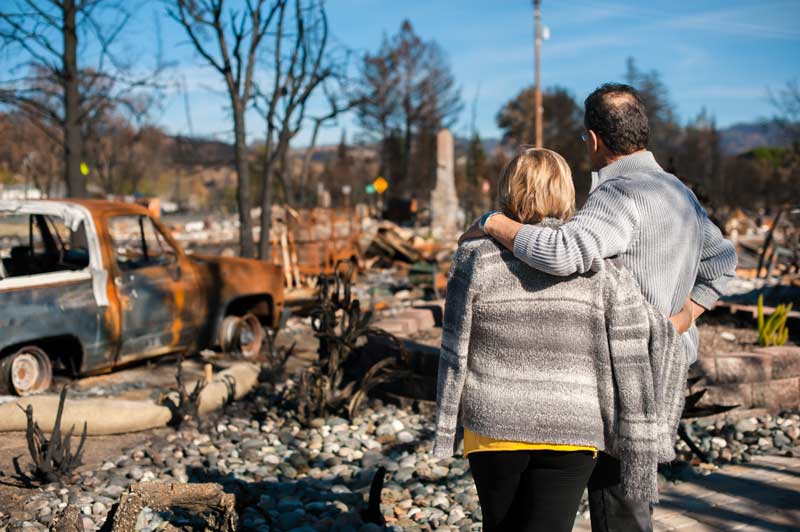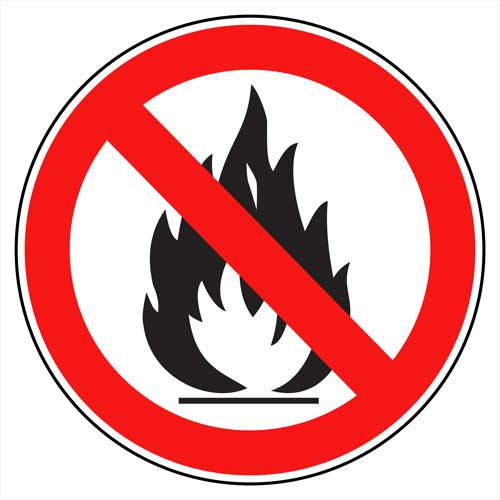
Summer is right around the corner and in California, it seems that fire is becoming a year-round hazard. There have already been several wildfires this year.
For years, wood has been the preferred construction method. It was inexpensive and readily available and with less frequent wildfires, most builders, and consumers were not concerned with fire resistance.
From drought and a larger population, wildfires are the new norm and we need to rethink our construction methods. When deciding what material to use in your new structure, fire resistance is now a major factor to consider. Metal is gaining popularity across many applications. Not only is metal more sustainable, but it also cuts down on construction time. It is also not a combustible material like wood.
An article by Dan Walker, P.E., and the Metal Building Manufacturers Association clarifies many misconceptions about steel building construction. Even though steel is not combustible, metal building structures must still comply with all fire protection requirements. Furthermore, it can give more flexibility to building specifications and setbacks requirements than wood. In most cases, the cost to make a metal building compliant with local fire codes is less than wood structure’ compliance. For example, fire sprinklers in a steel building would cost less than a wood building of the same size.

Since metal buildings are not completely exempt from safety codes, they may still need additional materials and construction added to meet code requirements. The most often used material is a cementitious product such as a hardy panel or fire resistant drywall. These are great options because they are easily available and inexpensive. There are other materials that can be used but cementitious products are the most popular options. The specifics of a given project (such as use, design, and proximity to other structures) will dictate the fire rating requirements, usually expressed by fire ratings such as 1 hour or 2 hours rated firewalls. These ratings address how long a firewall will be able to resist exposure to fire before the fire spreads. Usually, specifying the thickness and layering of cementitious products is how to meet the required fire ratings. Fire resistant materials will usually extend into the roof as well in order to prevent a fire from spreading through ceiling/attic areas. The higher the fire rating, the more time occupants have to evacuate and firefighters have to arrive and fight the fire. It also gives a better chance for fire fighting crews to save the contents of the structure and the structure itself. It also reduces the likelihood of fires spreading from inside the structure to outside or adjoining structures.
The main takeaway is that metal buildings are inherently more resistant to fires inside and outside of the building than traditional construction. Regardless, metal buildings are still subject to code requirements. The upside is that since they are less inclined to burn and the methods necessary to meet fire codes are less costly.
To learn more about the fire resistance of metal buildings, see The Fire Resistance Design Guide for Metal Building Systems, published by MBMA: visit: www.mbma.com
